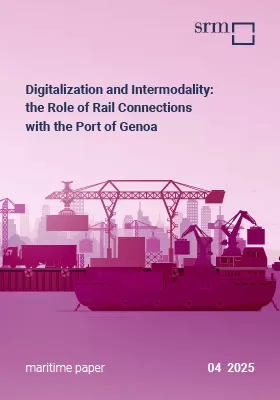Il Porto di Genova svolge un ruolo centrale nella trasformazione digitale e organizzativa degli hub logistici italiani. Grazie all'implementazione di un sistema di appuntamenti intermodali, Genova sta migliorando il coordinamento tra porti, hub logistici e hinterland. Questo sistema consente un'interazione digitale in tempo reale lungo tutta la catena logistica, riducendo la congestione, migliorando il flusso del traffico e incrementando l'efficienza dei terminal. Il Port Community System (PCS) di Genova integra infrastrutture digitali pubbliche e private, consentendo la gestione automatizzata di dogane, movimentazione merci e programmazione dei veicoli. Come iniziativa chiave nell'ambito del PNRR, il porto sostiene il passaggio a una logistica guidata dai Big Data, con tecnologie come IoT, AI e Blockchain. Genova è un punto di riferimento per l'evoluzione degli Smart Port, con l'obiettivo di operazioni senza soluzione di continuità e senza carta. l porto di Genova migliora le prestazioni ambientali riducendo i tempi di inattività e ottimizzando la circolazione dei veicoli. Il modello di governance di Genova, che combina innovazione e regolamentazione, è fondamentale per questa trasformazione.
In definitiva, Genova sta emergendo come hub leader nella rete europea di trasporto merci e intermodale.
- maripaper_most-web.pdf
© Copyright 2021-2024 SRM - Centro Studi e Ricerche - P.iva 04514401217
© Copyright 2021-2024 SRM services - P.Iva/C.F.: 09117291212 - Privacy Policy












.png)














